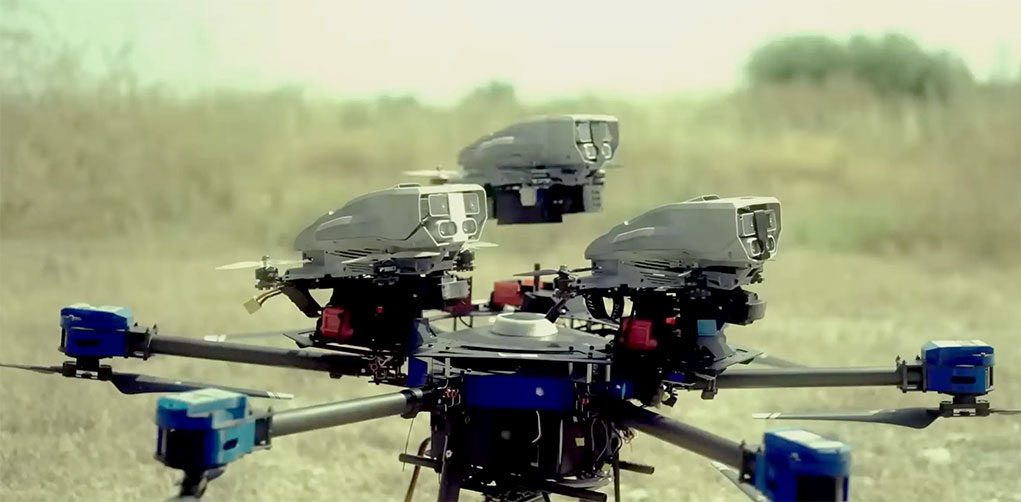The following are recent defense updates from the previous week. A concise version of this report is also available in the Defense-Brief podcast.
Main topics in this report
Russia-Ukraine War. Back to top
Ukraine Tests First Domestically Produced Ballistic Missile, Experts Suggest Extended Range
Ukraine has successfully tested its first domestically produced ballistic missile, as announced at the “Ukraine 2024. Independence” forum. President Zelensky commended the Ukrainian defense industry for this achievement. While official details are undisclosed, defense experts speculate it may be a modified Hrim-2 (Thunder) missile with an extended range of 700-1000 km, significantly surpassing the original 450-500 km design. This development, coupled with the recent deployment of the long-range, jet-powered Palianytsia one-way attack (OWA) drone, underscores Ukraine’s efforts to enhance its offensive capabilities.
Ukraine Deploys F-16s for Missile Defense, Reports First Combat Loss
Ukraine has begun deploying F-16 fighter jets for air defense missions, primarily targeting cruise missiles and drones. President Volodymyr Zelensky confirmed this on August 27. The F-16s offer significant advantages over Soviet-era aircraft and even ground-based air defense systems in intercepting cruise missiles due to their advanced radar capabilities, mobility, and ability to operate above the radar horizon limitation. However, Ukraine reported its first F-16 loss on Thursday when one crashed while repelling a Russian air strike, resulting in the pilot’s death.
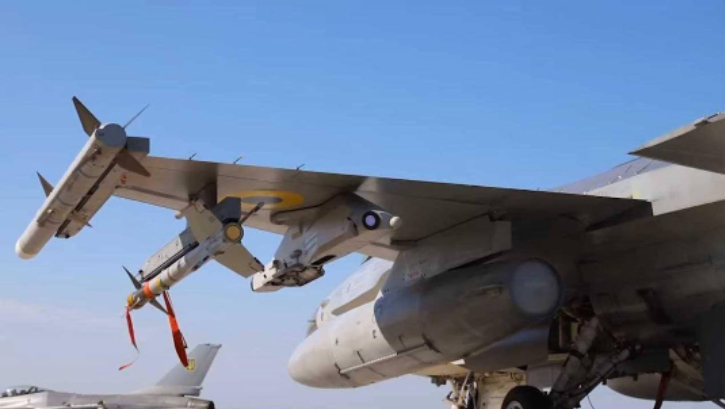 U.S. Air Force Unit Enhances Electronic Warfare Systems for F-16s Bound for Ukraine
U.S. Air Force Unit Enhances Electronic Warfare Systems for F-16s Bound for Ukraine
The US Air Forces’ 350th Spectrum Warfare Wing’s 68th Electronic Warfare Squadron (EWS) has successfully reprogrammed PIDS+ electronic warfare systems embedded in weapons pylon. TERMA originally produced the system for F-16 fighter jets transferred from Denmark and the Netherlands to Ukraine. Working collaboratively with Danish and Norwegian counterparts, the 68th EWS adapted to unfamiliar systems and tight timelines to optimize the F-16s’ EW capabilities against evolving Russian threats. This effort, part of a broader initiative announced by U.S. Secretary of State Antony Blinken, aims to enhance Ukraine’s electromagnetic warfare capabilities in its ongoing conflict with Russia.
U.S. Artillery Ammunition Production Surges but Still Lags Behind Wartime Demand
The United States is significantly increasing its 155mm artillery ammunition production, with monthly output expected to reach 80,000 rounds by fall 2024. Douglas Bush, chief of U.S. Army logistics, revealed this information in a Defense Acquisition magazine interview. This production rate far exceeds earlier projections, rising from 9,000 rounds per month in early 2022 to an estimated 70,000-75,000 by late summer 2024. Despite this rapid increase, demand still outpaces supply, particularly in the context of the Ukraine-Russia conflict, where Ukrainian forces reportedly use 15,000 artillery rounds of all types and calibers daily. In contrast, Russian forces use approximately 44,500, according to Chief of the Ukrainian Armed Forces, Oleksandr Syrskyi.
Norway Approves Artillery Ammunition Technology Transfer to Ukraine, Boosts Domestic Production
The Norwegian government has approved the transfer of Nammo defense technology to a Ukrainian firm to produce 155mm artillery shells in Ukraine. This move, supported by the Nansen Support Programme for Ukraine with a budget of 75 billion Norwegian kroner ($7.17 billion), aims to accelerate ammunition production for the Ukrainian Armed Forces and replenish Norwegian military stocks. Concurrently, Norway is financing an additional Nammo production line to significantly increase its artillery shell production capacity.
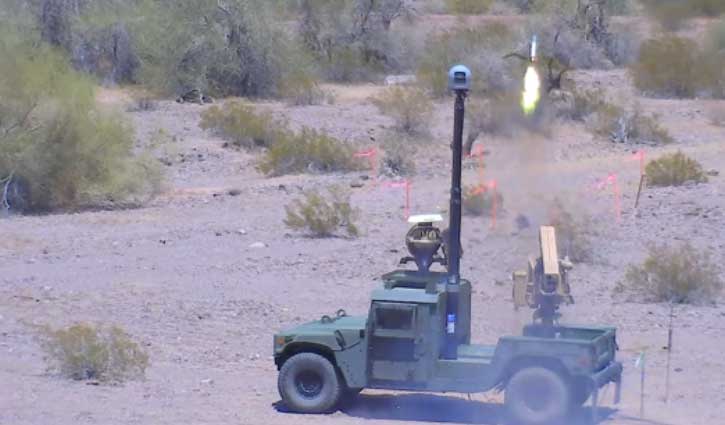 MSI Defense Solutions Delivers $34M EAGLS Counter-UAS Systems to U.S. Army
MSI Defense Solutions Delivers $34M EAGLS Counter-UAS Systems to U.S. Army
MSI Defense Solutions has delivered six EAGLS (Electronic Advanced Ground Launcher System) Counter-UAS systems to the U.S. Army, fulfilling a contract worth up to $34 million. This marks the first 70mm-centric Counter-UAS system the Department of Defense acquired for Army use. Initially valued at $24 million with options up to $34 million, the contract was awarded by Naval Air Systems Command (NAVAIR) under the Rapid Acquisition Authority (RAA) in February 2024. The delivery, completed in July 2024, aims to support forward-deployed forces facing emerging and persistent Unmanned Aerial Systems (UAS) threats in the U.S. Central Command area of responsibility. The EAGLS system provides an adaptable, cost-effective, and mobile solution that can be employed in various environments and on multiple platform types, addressing the growing global UAS threat.
Land Warfare News Back to top
Javelin Joint Venture Secures Record $1.3B U.S. Army Contract, Boosting Production to Meet Global Demand
The U.S. Army has awarded the Javelin Joint Venture (JJV), a partnership between Raytheon and Lockheed Martin, a $1.3 billion contract for Javelin missiles and related equipment. This is the largest single-year Javelin production contract, following an indefinite-delivery, indefinite-quantity (IDIQ) contract awarded in May 2023. The contract aims to increase production to 3,960 All Up Rounds annually by late 2026, addressing growing global demand from over 25 international customers. Notably, the order includes more than 4,000 Javelins to replenish stocks sent to Ukraine and introduces Kosovo as a new international customer.
 AeroVironment Wins $990M U.S. Army Contract for Switchblade Loitering Munitions
AeroVironment Wins $990M U.S. Army Contract for Switchblade Loitering Munitions
AeroVironment (AV) has secured a $990 million contract from the U.S. Army to supply Switchblade loitering munition systems. The 5-year Indefinite Delivery, Indefinite Quantity (IDIQ) contract is part of the Army’s Directed Requirement for Lethal Unmanned Systems (LUS) aimed at equipping infantry battalions with man-portable loitering munitions. Deliveries are expected to begin within months, with the Switchblade systems offering enhanced precision, lethality against armored targets, and the ability to engage non-line-of-sight targets. This contract follows a previous LUS award to AV in December 2023.
Last month, AeroVironment (AV) announced plans to supply Switchblade 300 loitering munition systems to Taiwan in a potential $60.2 million foreign military sale approved by the U.S. Department of State. While significantly smaller than the recent $990 million U.S. Army contract, this export order represents an expansion of AV’s international presence and underscores the growing demand for loitering munition systems among U.S. allies.
Saab Secures $494 Million U.S. Army Contract for Next-Gen Shoulder-Launched Weapon
Saab Inc. in East Syracuse, New York, has been awarded a $494 million contract by the U.S. Army for the XM919 Individual Assault Munition (IAM). The contract is for a next-generation shoulder-launched weapon system designed to replace existing AT4 and Bunker Defeat Munition systems. The XM919 IAM, reportedly based on Saab’s AT4 Confined Space Tandem Warhead, can engage various targets, including light armor, bunkers, and reinforced structures with behind-the-wall lethality effect, up to 300 meters away.
General Dynamics Secures $322.7M Contract for M10 Booker Combat Vehicle Production
The U.S. Army has awarded General Dynamics Land Systems (GDLS) a $322.7 million contract for continued low-rate initial production of the M10 Booker Combat Vehicle, designed for Infantry Brigade Combat Teams. The M10 Booker, featuring a four-person crew, enhanced thermal viewer, and 105 mm cannon, is built to engage and destroy enemy combatants across various terrains. Multiple vehicles have already been delivered for testing, with work on this contract to be completed by October 20, 2026, across several U.S. locations.
Denmark to Equip 15 Piranha V Vehicles with Rheinmetall Skyranger 30 Air Defense System
Denmark plans to integrate Rheinmetall’s Skyranger 30 mobile air defense system onto 15 GDELS Piranha V 8×8 armored vehicles, enhancing its short-range air defense capabilities. The Skyranger 30, featuring a 30mm cannon and Hensoldt’s Spexer 2000M 3D MkIII radar, is designed to counter various threats, including small drones, with an effective range of up to 3,000 meters. This move is part of a broader European trend to strengthen air defense systems in response to recent conflicts.
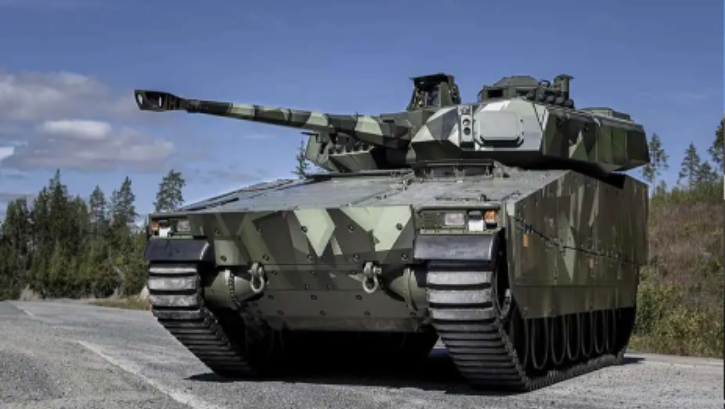 Denmark Invests 1.35 billion Euros in 115 CV90 Infantry Fighting Vehicles from BAE Systems
Denmark Invests 1.35 billion Euros in 115 CV90 Infantry Fighting Vehicles from BAE Systems
Denmark has signed a contract with BAE Systems Hägglunds AB to purchase 115 CV90 infantry fighting vehicles for the Danish Army. The deal, valued at approximately 1.35 billion euros, will be fulfilled over five years. The CV90, developed in 1993, is a Swedish-made vehicle designed for infantry support in complex combat environments, featuring high mobility, powerful armament, and advanced defense systems. It is equipped with a 30mm or 35mm automatic cannon, machine guns, and ATGM systems and can operate in various climatic conditions. Denmark anticipates the delivery of the CV90 IFVs between 2025 and 2029. Earlier this year, Denmark joined Sweden and the Netherlands in donating older CV90s from their fleets to Ukraine.
Slovak EVA M2 6×6 Self-Propelled Artillery System Passes Critical Tests
KONŠTRUKTA-Defence, a Slovak defense manufacturer, has completed critical tests for its modernized 155mm EVA M2 6×6 self-propelled artillery system. The EVA M2, built on a TATRA chassis with an armored cabin and central tire inflation system, underwent live-fire and terrain navigation tests, demonstrating its structural strength and operational reliability. Featuring advanced automation, data transmission capabilities, and an integrated fire control system, the EVA M2 represents a significant upgrade in Slovakia’s artillery capabilities.
Danish ATMOS to get Excalibur Rounds
The latest was published on August 20. The DSCA approved a possible contract to deliver 339 M982A1 Excalibur rounds to the Danish Army for an estimated $121 million. This sum includes portable electronic fire control systems [PEFCS], technical assistance, and training. Denmark acquired ATMOS 2000 systems from Elbit Systems. However, this change should not pose any particular problems.
Otokar’s TULPAR Enters Polish Armored Vehicle Tender, Facing German and South Korean Rivals
Otokar’s TULPAR tracked armored vehicle competes in Poland’s armored combat vehicle tender, known as the ZMA tender. The competition aims to select a vehicle to support Poland’s Abrams tanks. TULPAR will face competitors from Germany (Rheinmetall’s Lynx) and South Korea (Hanwha Defense’s Redback ACV). Poland plans to equip the chosen vehicle with its domestically produced ZSSW-30 turret. The final decision is expected in 2024.
Aerospace News Back to top
Rollout of Poland’s First F-35A Husarz
The first F-35A destined for Poland rolled out at the Lockheed Martin production facility in Fort Worth, Texas, on August 28, 2024. The event marks a significant milestone in the Polish Air Force’s modernization efforts. Poland has ordered 32 F-35As, with the first aircraft (designated AZ-01) set to be delivered in December 2024. Initial pilot training will occur at Ebbing Air National Guard Base in Arkansas, where Poland will be the first international customer to conduct F-35 training.
Thai Air Force Selects Gripen E/F Jets in Fighter Modernization Program
The Royal Thai Air Force (RTAF) has decided to procure JAS-39 Gripen E/F fighter jets, selecting them over the F-16 Block 70/72. Air Force Commander General Phanphakdee Phattanakul confirmed the selection committee’s choice on August 27. Initially, Thailand plans to purchase four new fighter jets with a budget of 19 billion baht (approximately 500 million euros) for the 2025 fiscal year, with the potential for a total order of twelve aircraft.
Serbia Bolsters Air Force with €2.7 Billion Rafale Fighter Jet Deal from France
Serbia has signed a contract to purchase 12 Rafale fighter jets from France’s Dassault Aviation for approximately 2.7 billion (currency unspecified). The deal, signed during French President Emmanuel Macron’s visit to Belgrade, includes nine single-seat and three two-seat jets to be delivered by 2029. Serbian President Aleksandar Vučić expressed gratitude for joining the “Rafale club,” while Macron emphasized the strategic importance of the agreement for Europe. The acquisition marks a significant shift for Serbia, which has traditionally relied on Russian military equipment.
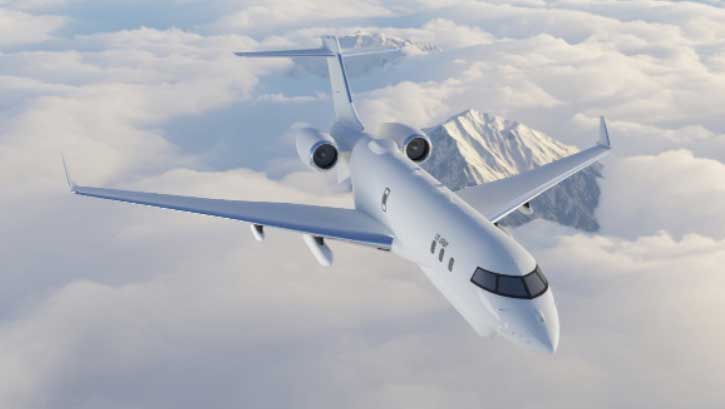 Sierra Nevada Corporation Wins $991M Army Contract for Next-Gen Aerial ISR System HADES
Sierra Nevada Corporation Wins $991M Army Contract for Next-Gen Aerial ISR System HADES
The U.S. Army has selected Sierra Nevada Corporation (SNC) as the lead system integrator for its High Accuracy Detection and Exploitation System (HADES). The contract, worth an initial $93.5 million with a potential ceiling of $991.3 million over 12 years, aims to significantly enhance the Army’s aerial intelligence, surveillance, and reconnaissance (ISR) capabilities. HADES will replace the Army’s legacy RC-12X Guardrail turboprop aircraft fleet, offering increased speed, range, payload, and endurance. As the first Army-owned large-cabin business jets for aerial ISR, HADES prototypes are expected to provide global deployment within days, substantially improving over the current weeks-long transition period. SNC anticipates receiving the first of 14 government-furnished Bombardier Global 6500s for modifications in October or November, with plans to deliver the first HADES aircraft by January 2026. This modernization effort aligns with the Army’s 2030 operational imperatives and is designed to give U.S. forces an asymmetric advantage in large-scale and multi-domain operations.
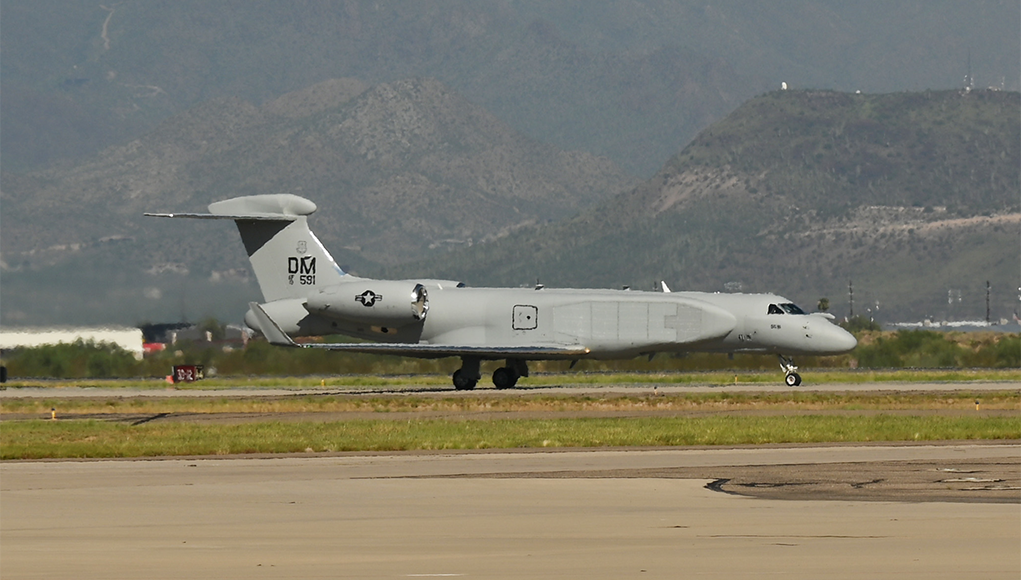 Air Combat Command Receives First EA-37B Compass Call at Davis-Monthan AFB
Air Combat Command Receives First EA-37B Compass Call at Davis-Monthan AFB
The U.S. Air Combat Command (ACC) has taken delivery of its first EA-37B Compass Call aircraft at Davis-Monthan Air Force Base, Arizona. The aircraft, designated 19-5591, arrived on August 23, 2024, and will be used for pilot training. Based on a modified Gulfstream G550 airframe, the EA-37B is a wide-area airborne electromagnetic attack weapon system that will replace the legacy EC-130H fleet.
The new platform offers increased range, speed, and agility, enhancing the Air Force’s electromagnetic attack capabilities against peer competitors. It is designed to deny, degrade, and disrupt adversary communications, information processing, navigation, radar systems, and radio-controlled threats. The EA-37B will be operated by the 55th Electronic Combat Group and flown by the 43rd Electronic Combat Squadron.
The Air Force plans to divest its EC-130H fleet, with nine of 14 retired aircraft. A second EA-37B is expected to be delivered to Davis-Monthan AFB by the end of 2024.
Unmanned Systems & Robotics News Back to top
Rheinmetall Clinches Top Prize for Autonomous Military Convoy at ELROB
Rheinmetall has won first place in the ‘Automated Convoy’ category at the European Land Robot Trial 2024 (ELROB) competition. The company’s InterRoc team, comprising Rheinmetall Landsysteme GmbH and Rheinmetall Canada Inc., successfully demonstrated their AI-supported PATH autonomy kit installed on two HX trucks. The convoy navigated a challenging 6 km circuit with various obstacles, including GPS-denied environments. The Research & Technology division of Rheinmetall Landsysteme GmbH from Unterlüß took part in this event for the first time as Team InterRoC in 2022 as part of the InterRoC project in the field of automated convoys. At that time, the team took 2nd place with an American autonomy kit provided by BAAINBw and integrated by Rheinmetall Landsysteme GmbH.
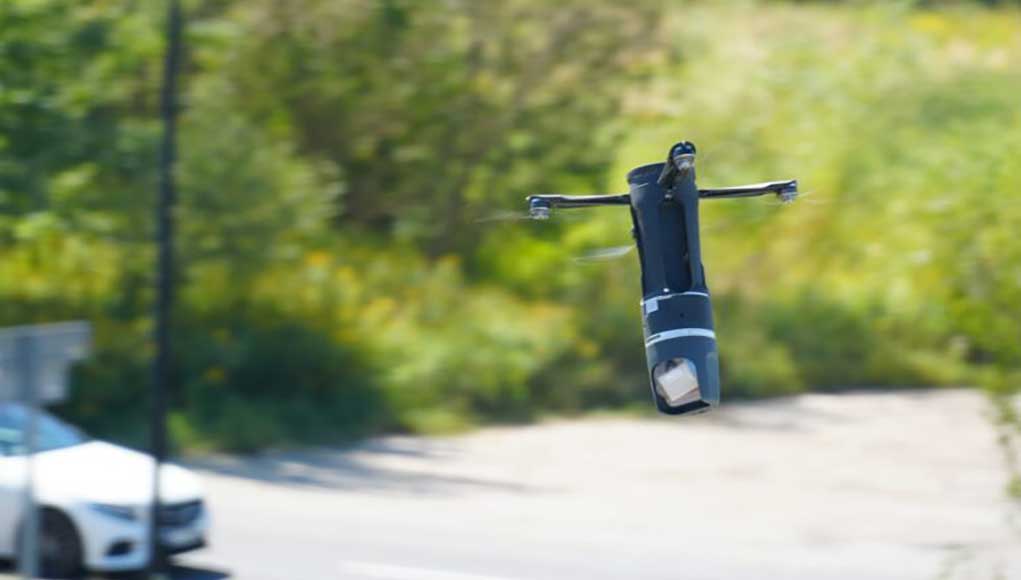 WB Group Debuts Versatile X-Fronter Mini-UAV for ISR and Combat Missions
WB Group Debuts Versatile X-Fronter Mini-UAV for ISR and Combat Missions
Polish defense technology company WB Group will unveil a rotary-winged loitering weapon and ISR drone called X-Fronter. The 1.15kg drone can be hand-launched or thrown; it has semi-autonomous flight capabilities and can carry a payload of 35o gr, roughly the weight of a hand grenade. WB Group will showcase the X-Fronter at the MSPO defense exhibition in Kielce, Poland, next week.

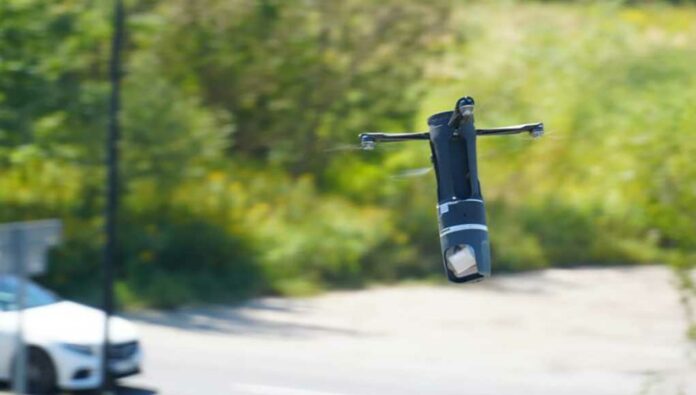




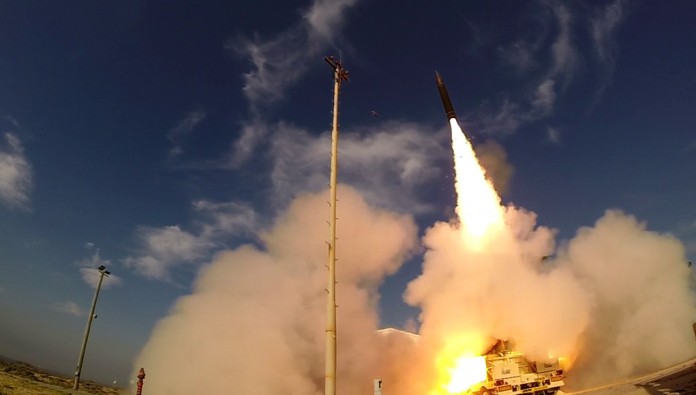
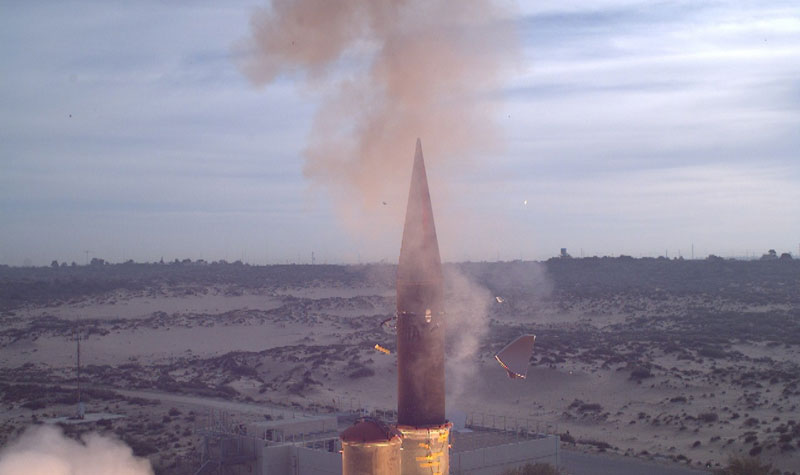

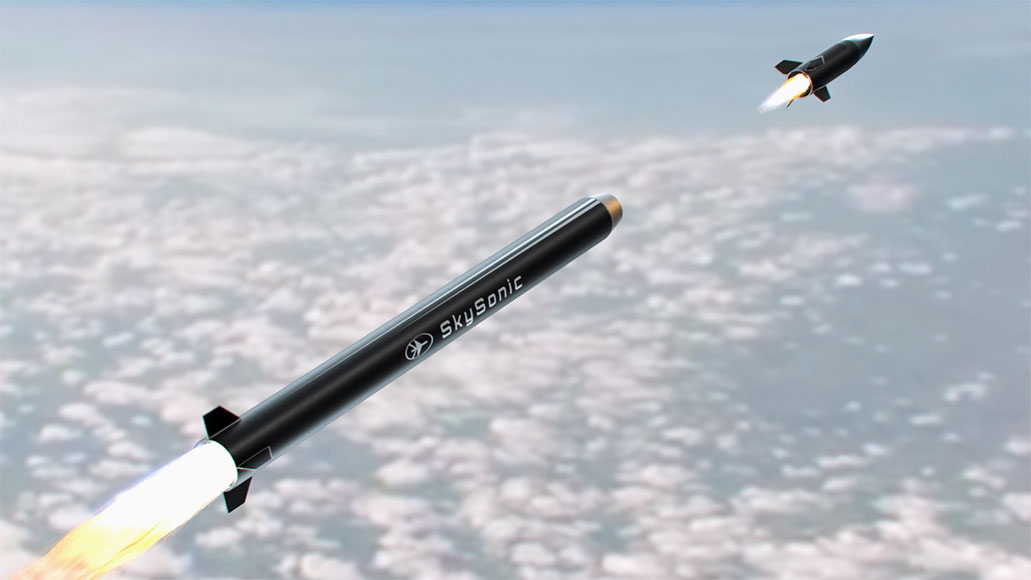
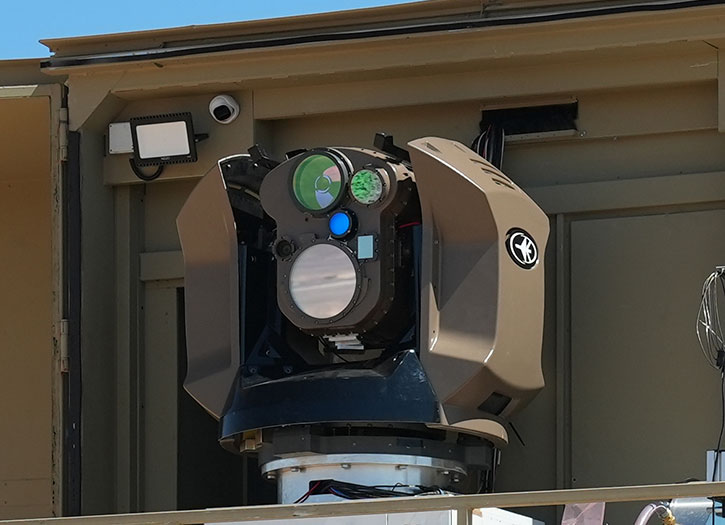
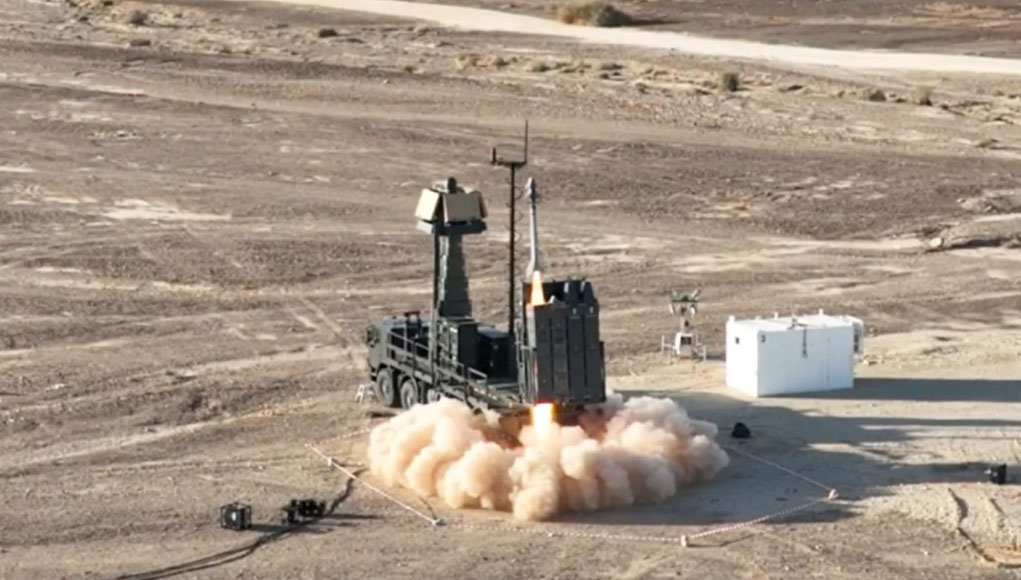





 Attis Aviation ROC
Attis Aviation ROC





